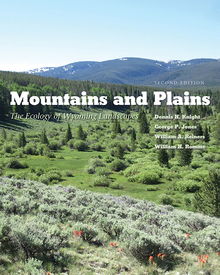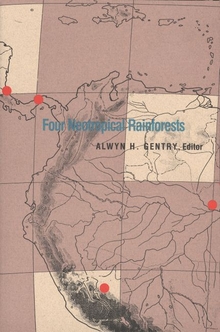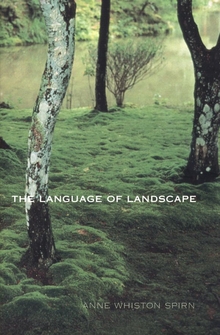The Ecology and Biogeography of Nothofagus Forests
WARNING
You are viewing an older version of the Yalebooks website. Please visit out new website with more updated information and a better user experience: https://www.yalebooks.com
Edited by Thomas T. Veblen, Robert S. Hill, and Jennifer Read
The book begins with a discussion of the long-term and broad-scale patterns of origin and differentiation in the genus. Next each major Nothofagus biome is discussed, first in a chapter that considers contemporary ecological patterns and then in a chapter that focuses on the history and paleoecology of the region. Authorities in the field deal with the temperate zone of the southwest Pacific region (New Zealand and Australia); the adjacent tropical zone of the southwest Pacific (New Guinea and New Caledonia); and South America, ranging from the Mediterranean-type climate region of central Chile to the subantarctic latitudes of Tierra del Fuego.
"Nothofagus—southern beeches—have been the key group for understanding the distribution of plants and animals in the Southern Hemisphere for 150 years. Multidisciplinary studies conducted in many parts of the world are beautifully synthesized and presented in an up-to-date fashion in this marvelously interesting volume. No one interested in the distribution of plants or animals in the Southern Hemisphere can afford to be without it."—Peter Raven, director, Missouri Botanical Garden
"In The Ecology and Biogeography of Nothofagus Forests, scientists from Australia, New Zealand, Chile, Argentina, and the United States, all with intensive knowledge of the southern beeches, review the past, present, and likely future of the genus, for each region and in synthesis. This is the first time that a dominant Southern Hemisphere genus has been adequately documented throughout its range."—Peter Wardle, past president of the New Zealand Ecological Society
"A fine book on one of the Southern Hemisphere's most important forest trees. The grand biogeographic themes of natural disturbance, succession, dispersal, evolution, competition, and adaptation to environment are all played out with many implications for our understanding of the origins and maintenance of biodiversity."—William L. Baker, University of Wyoming
"This book takes the reader along . . . a fascinating and stimulating journey, and does so with much clarity."—Coert J. Geldenhuys, Trends in Ecology & Evolution
"This splendid book opens with the words 'The unifying theme of this book is its focus on change in Southern Hemisphere Nothofagus forests'. Not only does this book achieve the task of portraying the changing Nothofagus forests through time and space, but it also unveils the changing hypotheses and perceptions that historically scientists working on Nothofagus have held."—Leonie J. Scriven, Southern Connecticut Bulletin
"The book will clearly be a bible for anyone working on any aspect of Nothofagus, but it deserves to be widely read by all forest ecologists and botanically minded palaeoecologists, even those who may never see a specimen of Nothofagus in the wild, as a model of what might be achieved for their own groups."—K.D. Bennett, The Holocene
"The book is well produced and thoughtfully put together. . . . This book goes a long way in producing the relevant synthesis and will be used by an extensive audience for years to come."—C. J. Humphries, Biodiversity and Conservation
"I can highly recommend this fascinating book."—Allen Keast, The Quarterly Review of Biology
"To offer complete detail of the ecology of a single species is a major accomplishment. But this book does so for an entire, rather large genus, one which dominates the phytoecology of many southern hemisphere forest types. . . . A wide spectrum of readers will find this book of interest."—Mountain Research and Development
"An excellent resource on one of the Southern Hemisphere’s important forest trees, discussing such biogeographical themes as dispersal, natural disturbance, succession, competition, adaptation, and evolution."—Northeastern Naturalist
Publication Date: March 27, 1996
189 b/w illus.








